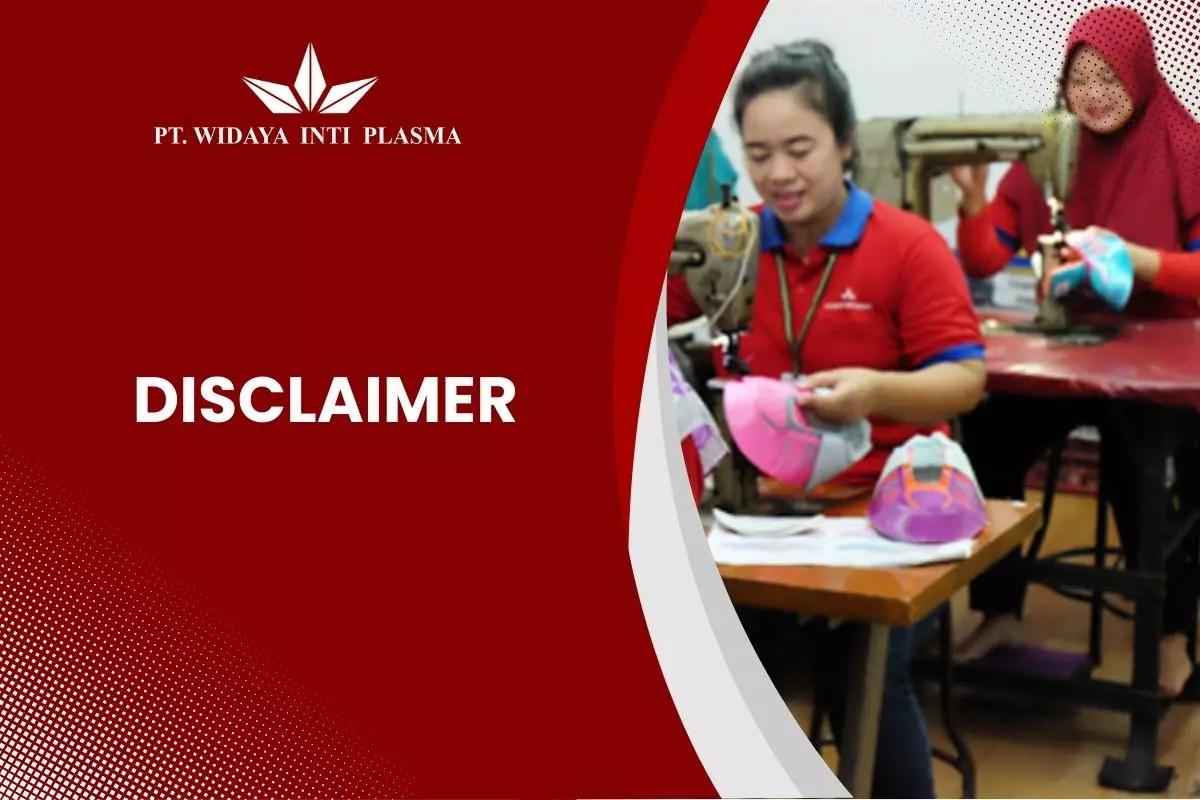In the ever-evolving footwear industry, the terms OEM (Origi...
Thursday, 10 Jul 2025
Common Mistakes in Prototyping Footwear and How to Avoid Them
Prototyping is one of the most critical stages in the footwear manufacturing process. Whether you are a fashion startup, a growing brand, or a corporate client developing custom footwear, this phase determines how well your design translates into a wearable, functional, and market-ready product. However, many clients underestimate the importance of precision and collaboration during prototyping. Below are some of the most common mistakes in footwear prototyping and how to avoid them for a smoother journey from concept to production.
2. Ignoring Feedback from the Manufacturer
Clients sometimes approach prototyping with a fixed mindset and do not consider input from the factory. While creative vision is important, your manufacturer brings technical experience and production knowledge to the table.
Solution: Stay open to manufacturer feedback. Discuss which parts of the design may need adjustments to improve wearability, production efficiency, or cost-effectiveness.
Solution: Stay open to manufacturer feedback. Discuss which parts of the design may need adjustments to improve wearability, production efficiency, or cost-effectiveness.
3. Choosing the Wrong Materials Too Early
Committing to materials without fully testing them can cause complications down the line. A fabric that looks good on paper may not perform well in terms of comfort, durability, or sourcing availability.
Solution: Request material swatches and test multiple options. Consider how materials behave under stress, moisture, or long-term use, and check their availability and pricing before finalizing.
Solution: Request material swatches and test multiple options. Consider how materials behave under stress, moisture, or long-term use, and check their availability and pricing before finalizing.
5. Underestimating the Number of Iterations Needed
A prototype may look perfect, but without actual wear testing, it is impossible to gauge how it feels or performs in real-world use. Overlooking this step is a common mistake that can lead to costly rework later.
Solution: Conduct physical testing of your prototype with real users. Get feedback on fit, comfort, flexibility, and overall usability.
Solution: Conduct physical testing of your prototype with real users. Get feedback on fit, comfort, flexibility, and overall usability.
6. Not Documenting Each Revision Properly
Without proper documentation, changes made between sample rounds can be lost, miscommunicated, or misunderstood by production teams.
Solution: Use clear, version-controlled documentation for every update. Confirm changes via email or shared project management tools to maintain transparency.
Solution: Use clear, version-controlled documentation for every update. Confirm changes via email or shared project management tools to maintain transparency.



